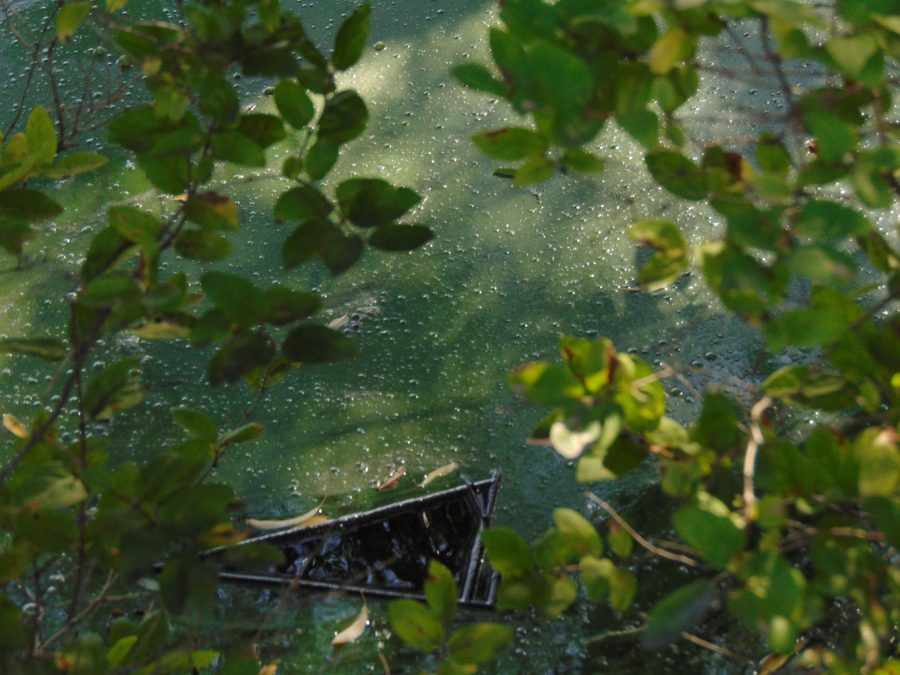Under the surface of Mirror Lake
October 19, 2019
Although Mirror Lake may appear peaceful, its reality is far from so. Recently, the city of Edina has issued warnings after high levels of toxins were found as a result of blue-green algae growth.
Despite the name, blue-green algae is actually a freshwater bacteria that produces swampy-smelling blooms in stagnant water. According to the Nine Mile Creek Watershed District, blue-green algae contains high levels of microcystin, which can cause liver and kidney damage and may, in severe cases, result in death. Pets, as well as humans, should beware of contaminated water; “There have been some fatalities of dogs if dogs are drinking the water that contains that particular type of algae,” Edina High School Environmental Science teacher Allison Ronglien said.
As for what’s behind the algae growth, “Rising temperatures, as well as phosphorus content in the waters are both contributing factors to the algae bloom. One of the factors is people not using fertilizer or road salt in the winter appropriately,” senior EHS Project Earth member Lasse Hackbarth said. Runoff from fertilizer and road salt, as well as grass clippings and fallen leaves, add nutrients to the water that the bacteria feed off of.
As well as the adverse effects blue-green algae has on humans, the algae also harms the ecosystems of lakes and ponds. “Lots of bacteria want to eat up the dead algae; that can take oxygen away from some of the other species, the turtles and fish that live in the pond,” Ronglien said.
Symptoms of microcystin poisoning include stomach pain, fevers, weakness, and/or jaundice, and will usually appear within a week of exposure. Anyone who suspects that they or their pets have come into contact with the algae should contact their health provider or veterinarian immediately.



